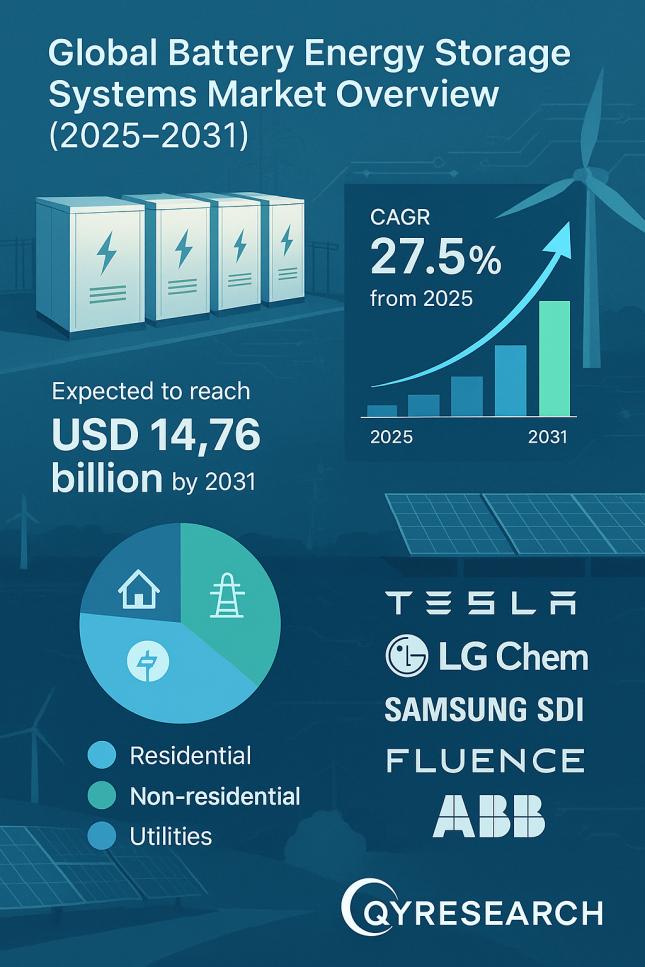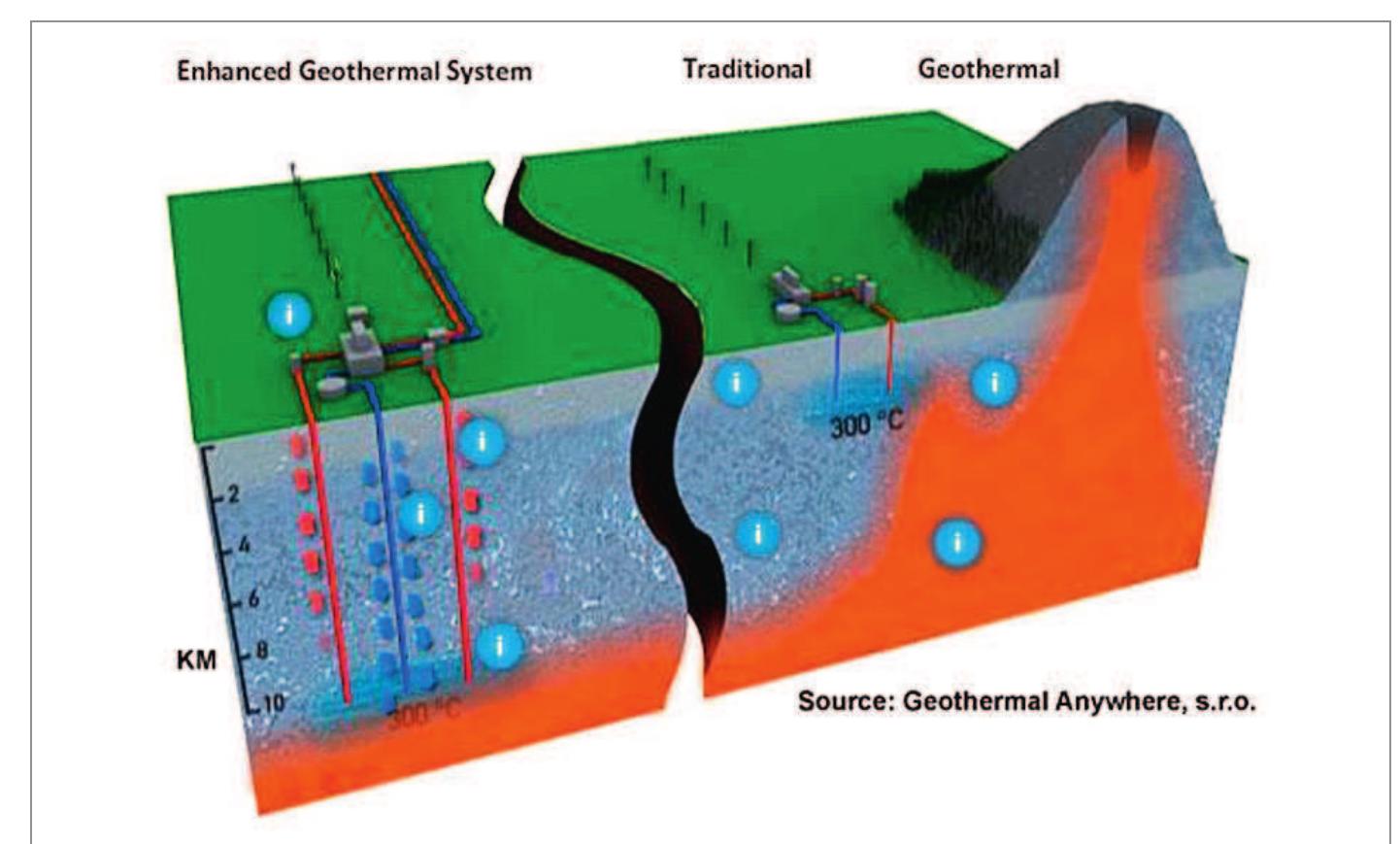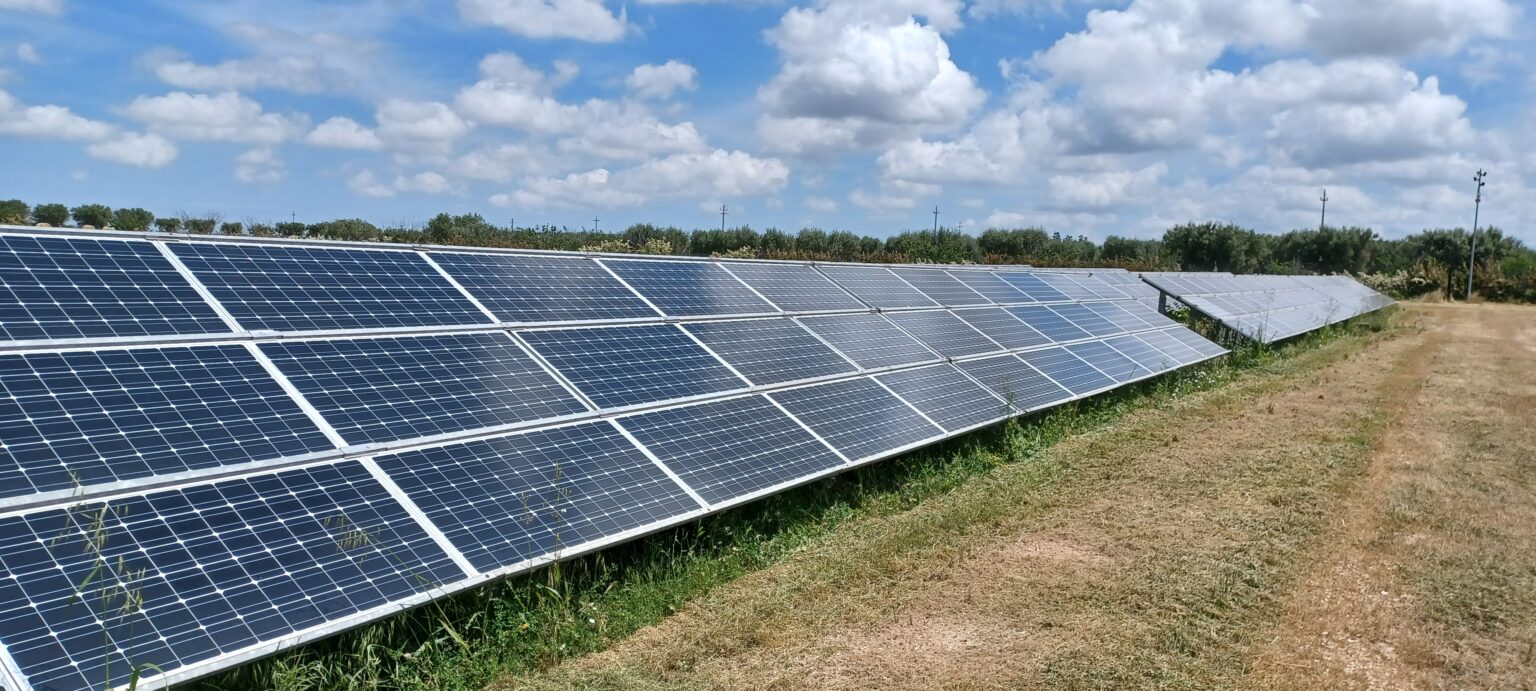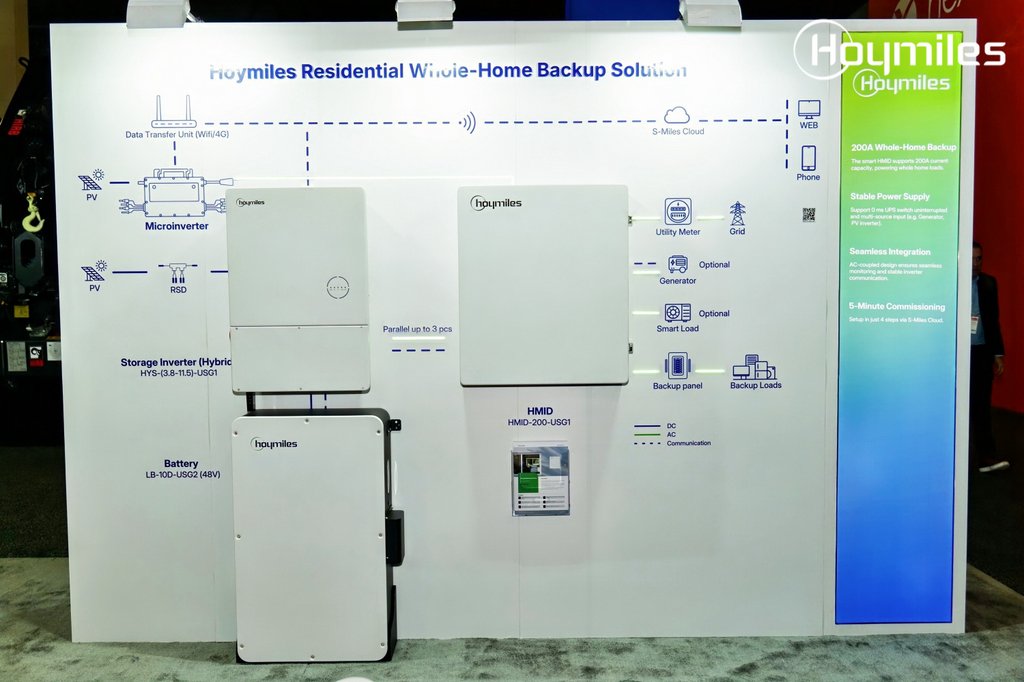Global Battery Electric Vehicles (BEV) Market Report 2024-2034
Market Overview and Growth Projections
As of 2024, the global Battery Electric Vehicles (BEV) market is valued at approximately $350 billion, reflecting a robust growth trajectory driven by increasing environmental awareness and technological advancements. The market is projected to reach around $1.4 trillion by 2034, indicating a Compound Annual Growth Rate (CAGR) of about 15.6% during the forecast period from 2025 to 2034. This growth aligns with several Sustainable Development Goals (SDGs), particularly SDG 7 (Affordable and Clean Energy), SDG 9 (Industry, Innovation, and Infrastructure), and SDG 13 (Climate Action), as the shift towards electrification reduces carbon emissions and promotes sustainable industrial development.
Research and Market Analysis
Exactitude Consultancy, Ltd. has released a comprehensive research report examining the processes and materials used in the production of BEVs. The study provides detailed insights into market segments, applications, and emerging trends that could influence future market dynamics. The report excludes certain key regions accelerating market adoption but offers extensive data on market trends, growth drivers, emerging technologies, and investment structures within the BEV sector.
Market Segmentation
- By Product Type
- Passenger Vehicles
- Commercial Vehicles
- Two-Wheelers
- By Application
- Personal Use
- Public Transport
- Ride Sharing
- By End User
- Individual Customers
- Fleet Operators
- By Technology
- Battery Management Systems
- Charging Solutions
- By Distribution Channel
- Online
- Offline
Geographical Coverage
The global version of the BEV market report includes analysis of the following regions:
- North America: USA, Canada, Mexico
- Europe: Germany, France, United Kingdom, Netherlands, Italy, Nordic Nations, Spain, Switzerland, Rest of Europe
- Asia-Pacific: China, Japan, Australia, New Zealand, South Korea, India, Southeast Asia, Rest of APAC
- South America: Brazil, Argentina, Chile, Colombia, Other countries
- Middle East and Africa: Saudi Arabia, United Arab Emirates, Israel, Egypt, Turkey, Nigeria, South Africa, Rest of MEA
Key Market Players
- Tesla Inc.
- BYD Company Ltd.
- NIO Inc.
- Rivian Automotive, Inc.
- Lucid Motors, Inc.
- Ford Motor Company
- General Motors Company
- Volkswagen AG
- Hyundai Motor Company
- Kia Corporation
- BMW AG
- Mercedes-Benz AG
- Tata Motors Ltd.
- Mahindra Electric Mobility Ltd.
- Audi AG
Market Insights and Strategic Importance
- Market Penetration: Detailed information on product portfolios of leading BEV market players.
- Competitive Assessment: Analysis of market strategies, geographic presence, and business segments of top companies.
- Market Development: Insights into emerging markets and segment-wise geographic analysis.
- Market Diversification: Information on new products, untapped geographies, recent developments, and investments.
Alignment with Sustainable Development Goals (SDGs)
The expansion of the Battery Electric Vehicles market significantly contributes to the achievement of multiple SDGs:
- SDG 7 – Affordable and Clean Energy: Promotes the use of clean energy technologies through electric mobility.
- SDG 9 – Industry, Innovation, and Infrastructure: Encourages innovation in automotive technologies and sustainable industrialization.
- SDG 11 – Sustainable Cities and Communities: Supports sustainable urban transport solutions reducing air pollution.
- SDG 12 – Responsible Consumption and Production: Advances sustainable manufacturing and resource efficiency in vehicle production.
- SDG 13 – Climate Action: Reduces greenhouse gas emissions by replacing fossil fuel-based vehicles with electric alternatives.
Additional Information
- The report is available in multiple languages including Japanese, Korean, Chinese, French, German, and Italian.
- Customization options include adding countries and companies, with free customization hours and post-sales support.
- Exactitude Consultancy offers 24/7 customer support to assist with research needs.
Contact Information
Exactitude Consultancy
Irfan Tamboli
Phone: +1 (704) 266-3234
Email: sales@exactitudeconsultancy.com
Further Resources
1. Sustainable Development Goals (SDGs) Addressed or Connected
- SDG 7: Affordable and Clean Energy
- The article discusses Battery Electric Vehicles (BEVs), which rely on clean energy technologies and battery management systems, contributing to cleaner energy consumption in transportation.
- SDG 9: Industry, Innovation and Infrastructure
- The focus on technological advancements, emerging technologies, and investment in BEVs highlights innovation and infrastructure development in the automotive sector.
- SDG 11: Sustainable Cities and Communities
- Applications such as public transport and ride sharing with BEVs contribute to sustainable urban mobility and reduced pollution.
- SDG 12: Responsible Consumption and Production
- The article’s emphasis on materials and production processes for BEVs relates to sustainable production practices.
- SDG 13: Climate Action
- The shift towards electrification and reduction of fossil fuel dependency in vehicles supports climate change mitigation efforts.
2. Specific Targets Under Identified SDGs
- SDG 7: Affordable and Clean Energy
- Target 7.2: Increase substantially the share of renewable energy in the global energy mix.
- Target 7.3: Double the global rate of improvement in energy efficiency.
- SDG 9: Industry, Innovation and Infrastructure
- Target 9.4: Upgrade infrastructure and retrofit industries to make them sustainable, with increased resource-use efficiency and greater adoption of clean and environmentally sound technologies.
- Target 9.5: Enhance scientific research, upgrade technological capabilities of industrial sectors.
- SDG 11: Sustainable Cities and Communities
- Target 11.2: Provide access to safe, affordable, accessible and sustainable transport systems for all.
- SDG 12: Responsible Consumption and Production
- Target 12.2: Achieve the sustainable management and efficient use of natural resources.
- Target 12.5: Substantially reduce waste generation through prevention, reduction, recycling and reuse.
- SDG 13: Climate Action
- Target 13.2: Integrate climate change measures into national policies, strategies and planning.
3. Indicators Mentioned or Implied to Measure Progress
- Market Value and Growth Rate of BEVs
- The article provides data on the global BEV market value ($350 billion in 2024, projected $1.4 trillion by 2034) and CAGR (15.6%), which can be used as indicators of market penetration and adoption of clean transport technologies.
- Technological Advancements and Investment Structure
- Information on emerging technologies and investment in BEVs can serve as indicators of innovation and infrastructure development (SDG 9).
- Market Segmentation by Application
- Segmentation into personal use, public transport, and ride sharing indicates progress towards sustainable urban transport (SDG 11).
- Battery Management Systems and Charging Solutions
- Advancements in these technologies imply improvements in energy efficiency and clean energy use (SDG 7).
4. Table of SDGs, Targets, and Indicators
| SDGs | Targets | Indicators |
|---|---|---|
| SDG 7: Affordable and Clean Energy |
|
|
| SDG 9: Industry, Innovation and Infrastructure |
|
|
| SDG 11: Sustainable Cities and Communities |
|
|
| SDG 12: Responsible Consumption and Production |
|
|
| SDG 13: Climate Action |
|
|
Source: openpr.com







